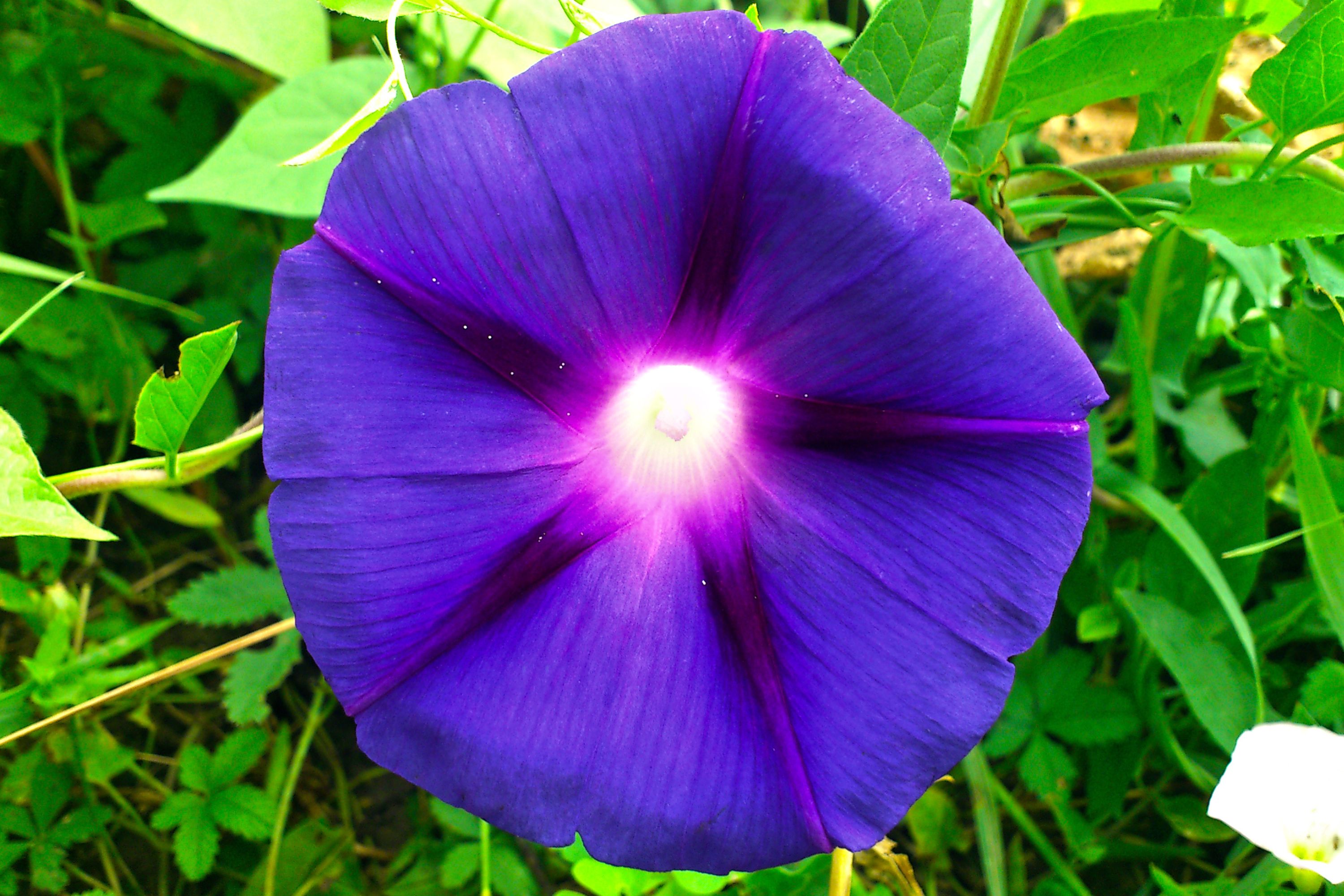Beach moonflower
(Ipomoea violacea)

Description
Ipomoea violacea is a perennial species of Ipomoea that occurs throughout the world with the exception of the European continent. It is most commonly called beach moonflower or sea moonflower as the flowers open at night. The corolla of the flower of Ipomoea violacea is white, distinguishing this species from Ipomoea tricolor, commonly called Heavenly Blue. It is sometimes mistaken for the cultivar Pearly Gates, the corolla of which is also white, probably because of its misleading Latin binomial name, Ipomoea violacea, "violacea" meaning purple. A comparison of the taxonomy of the two plants shows that they belong to different Subgenera, consequently, Ipomoea violacea should not be used as a synonym for Ipomoea tricolor. In exceptional cases where Ipomoea violacea has to be used as a synonym of Ipomoea tricolor, one must specify the incorrect usage by using the abbreviation 'Auct.' for Auctorum. The Native Americans of Mexico are known to have long used the seeds of species of Ipomoea for preparing psychedelic infusions; several scientific studies indicate they contain several ergoline alkaloids with effects somewhat similar to, but weaker than, those of LSD. It is possible that some of these studies may have mistaken Ipomoea violacea for Ipomoea tricolor, e.g., works published in the scientific journal Phytochemistry and quoted by the Sociedade Brasileira de Farmacognosia, which purportedly showed the presence of Ergine, also known as d-lysergic acid amide (LSA) in Ipomoea violacea.
Taxonomic tree:







